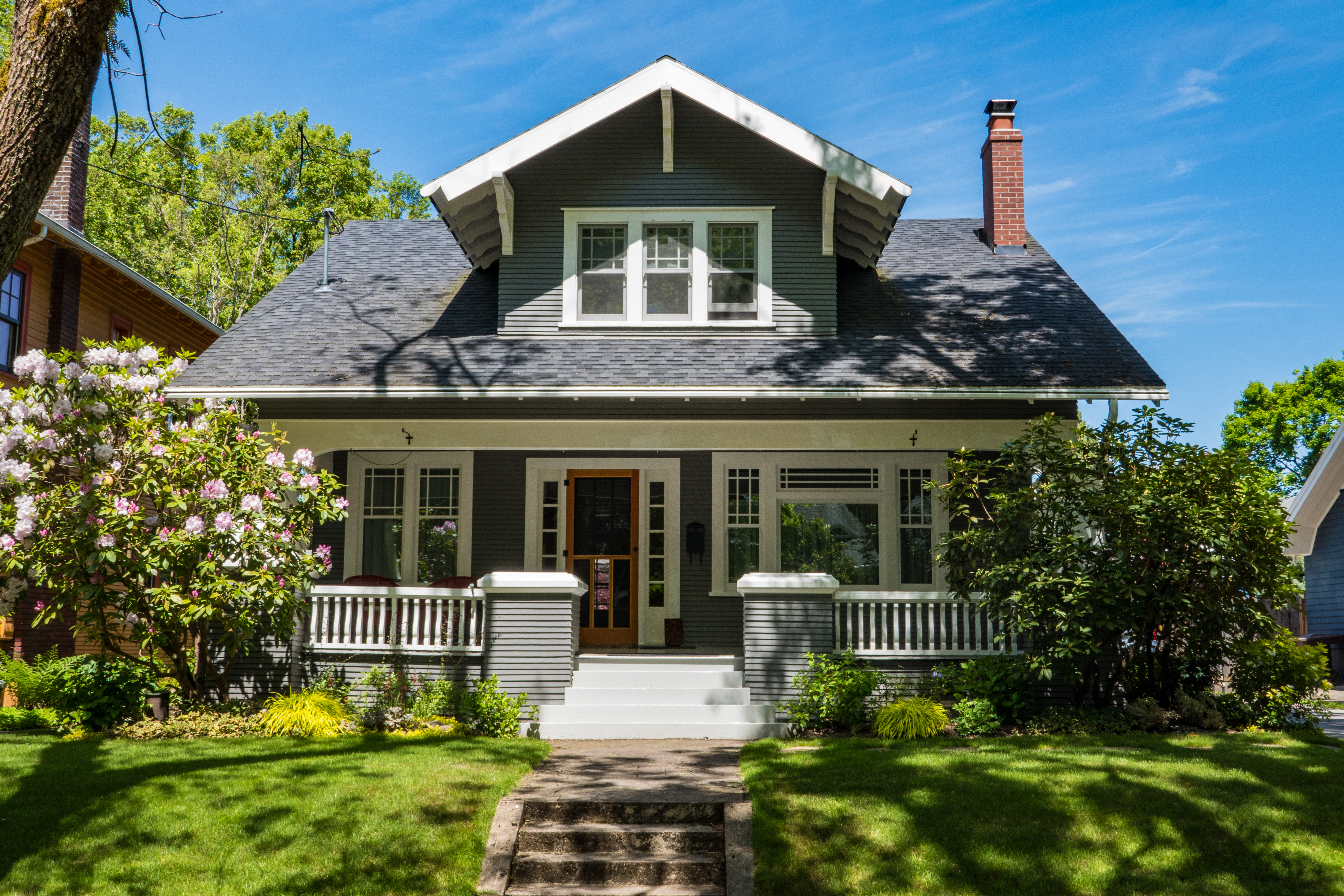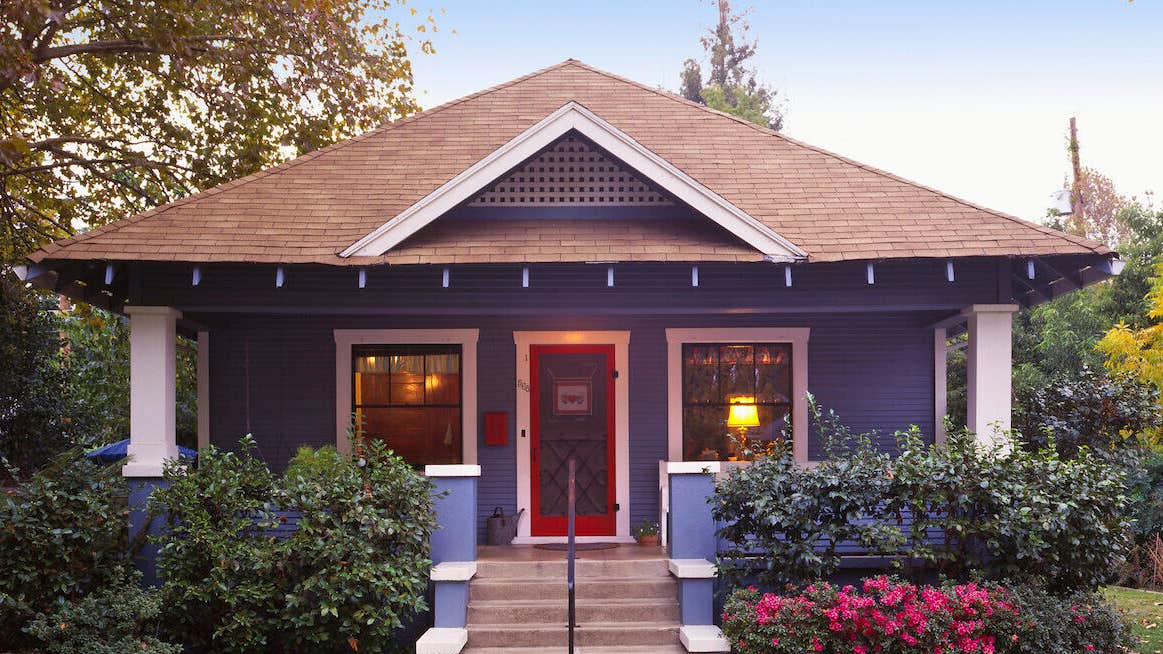The Role of Arts & & Crafts Architects in Elevating Architectural Services in Residential Layout
Arts and Crafts architects greatly affect household design via their dedication to workmanship and sustainability. They focus on handcrafted details and natural materials, which boost both aesthetics and area identification. By including clients in the style process, these architects create unique space that resonate with individual preferences. This technique questions about the future trajectory of domestic architecture and its potential influence on area characteristics. craftsman style house. What lies ahead for this classic layout ideology?

The Concepts of Arts and Crafts Architecture
The essence of Arts and Crafts architecture lies in its dedication to workmanship and simplicity. This architectural motion emerged in the late 19th century as a response to automation, highlighting the worth of handmade details and all-natural materials. The concepts of Arts and Crafts architecture prioritize capability and harmony with the setting. Structures generally include low-pitched roofings, wide eaves, and subjected rafters, promoting a feeling of unity with nature.
Artisans played a significant function in this style, commonly integrating attractive elements like discolored glass, tiles, and woodwork, which show local craftsmanship. The shade palette often tends to be earthy and suppressed, allowing buildings to mix perfectly right into their surroundings. In addition, the layout encourages open layout and communal areas, cultivating a sense of togetherness. In general, the concepts of Arts and Crafts architecture commemorate the charm of simplicity and the relevance of human connection to both nature and neighborhood.

Sustainable Practices in Residential Layout
While the need for environmentally accountable living proceeds to grow, lasting practices in household design have gotten substantial grip among architects and property owners alike. Architects are significantly including energy-efficient technologies and sustainable materials into their styles, aiming to minimize carbon impacts and boost power preservation. Strategies such as passive solar design, green roofing systems, and rainwater harvesting systems are ending up being common parts of modern-day household architecture.
The option of locally sourced materials decreases transportation emissions and sustains regional economies. Focus on natural light and air flow not just improves interior air high quality but additionally minimizes reliance on fabricated illumination and climate control systems. These lasting methods mirror a commitment to preserving the setting while offering homeowners with comfortable, efficient living areas. As awareness of ecological issues expands, the integration of sustainability in household design is positioned to become a specifying characteristic of modern architecture, guided by the principles developed by Arts and Crafts architects.
Customization and Customization in Home Design
Personalization and customization in home design have arised as key patterns in feedback to the growing wish for unique living atmospheres that mirror individual tastes and way of livings. Property owners significantly seek to tailor rooms that resonate with their individual identifications, leading to a much find more more purposeful link with their living spaces. craftsman style house. This movement motivates architects to involve customers in the layout procedure, fostering cooperation that assures the last outcome embodies the property owner's vision
Aspects such as bespoke designs, personalized products, and customized coatings permit for a varied variety of expressions in residential design. Arts and Crafts architects play a pivotal role in this evolution, emphasizing craftsmanship and quality. Their concentrate on integrating artistic components with capability warranties that each home is not just cosmetically pleasing however likewise distinctively fit to the residents' needs. This emphasis on modification boosts the general domestic experience, creating spaces that are both individual and enduring.
The Impact of Arts and Crafts Architects on Area Aesthetics
As areas progress, the influence of Arts and Crafts architects greatly forms their visual landscape. By emphasizing handmade details, natural products, and conventional construction strategies, these architects produce homes that reverberate with their surroundings. Their designs usually integrate local plants, structures, and shades, fostering a feeling of harmony in between built atmospheres and nature.
Furthermore, the Arts and Crafts activity promotes area identity via architectural connection. By urging property owners to take on similar style concepts, neighborhoods establish a natural character that improves aesthetic allure. This architectural harmony not just enhances the visual experience however additionally instills see this a sense of satisfaction amongst homeowners.
In addition, the concentrate on sustainability and workmanship in Arts and Crafts architecture aligns with modern worths, making these styles appropriate in modern setups. Inevitably, Arts and Crafts architects add substantially to the overall charm and social stability of areas, leaving a lasting effect on their aesthetic tradition.

Future Trends in Arts and Crafts Architecture
With an increasing emphasis on sustainability and customization, future fads in Arts and Crafts architecture are positioned to blend conventional craftsmanship with modern innovation - craftsman style house. Architects are most likely to focus on environment-friendly materials, utilizing redeemed timber and natural stone to boost the sustainability of household styles. The combination of smart home modern technology will certainly end up being commonplace, permitting individualized living experiences without jeopardizing aesthetic honesty
The rebirth of artisanal methods will certainly promote a renewed recognition for handcrafted components, such as bespoke cabinetry and personalized ceramic tile job. Future styles might also mirror an emphasis on community-oriented rooms, encouraging communication and connection amongst homeowners. Outside living locations will certainly gain prestige, effortlessly integrating nature right into the home environment. As Arts and Crafts architecture advances, it will continue to honor its origins while adapting to modern needs, producing unified areas that mirror individual worths and way of lives.
Regularly Asked Questions
What Motivated the Arts and Crafts Motion in Architecture?
The Arts and Crafts motion in architecture was motivated by a reaction versus industrialization, highlighting handmade quality, natural products, and a return to typical workmanship, aiming to develop unified, useful spaces that commemorated virtuosity and individuality.
Exactly how Do Arts and Crafts Architects Collaborate With Customers?
Arts and crafts architects team up with clients through open dialogue, focusing on personal needs and visual appeals. They highlight workmanship and sustainability, cultivating a collaboration that incorporates the customer's vision with the engineer's proficiency in style and materials.
What Materials Are Commonly Used in Arts and Crafts Homes?
Common products in click reference Arts and Crafts homes include all-natural timber, rock, and block, highlighting workmanship and organic looks. These components develop a cozy, welcoming environment, showing the movement's dedication to high quality and simplicity in design.
How Do Arts and Crafts Designs Boost Indoor Living Rooms?
Arts and Crafts styles improve indoor space by advertising all-natural light, open layout, and handcrafted information. These aspects foster a cozy, inviting atmosphere, urging a connection between homeowners and their atmospheres through thoughtful, useful appearances.
What Are Some Famous Instances of Arts and Crafts Architecture?
Famous examples of Arts and Crafts architecture consist of the Gamble Residence, Greene and Greene's work of art in California, and the Robie Residence by Frank Lloyd Wright. These structures display handcrafted details and consistency with nature, defining the activity's essence.